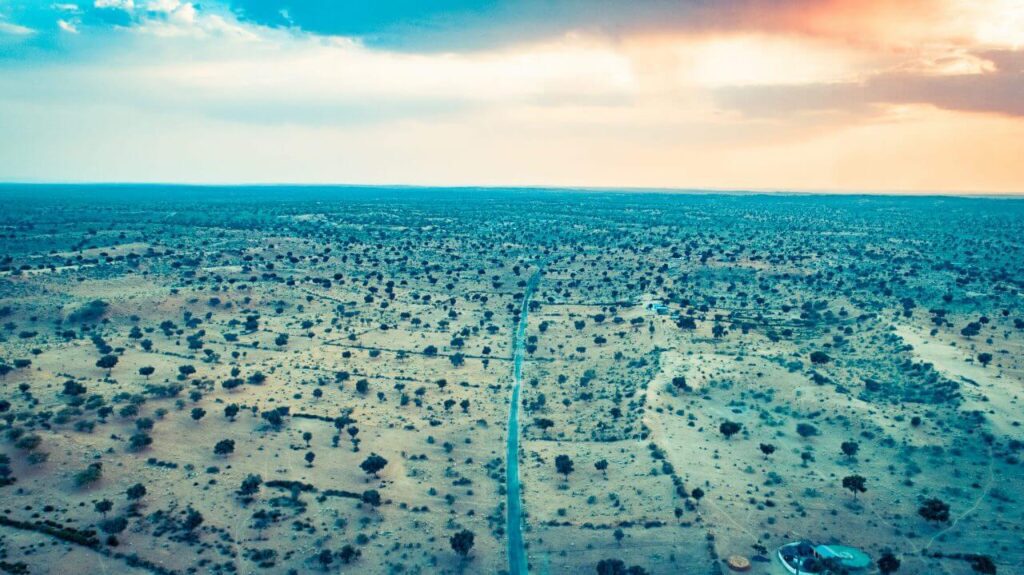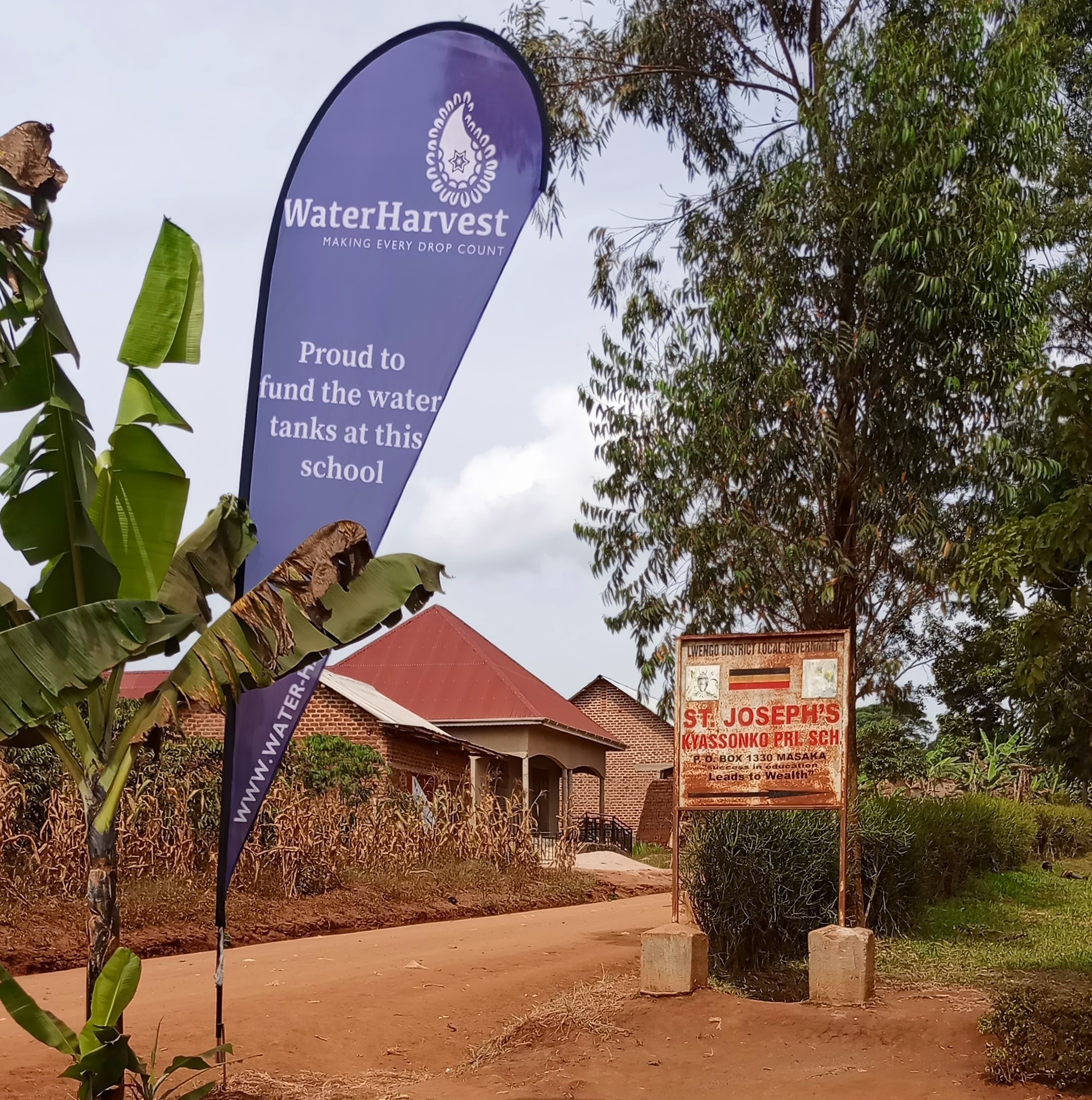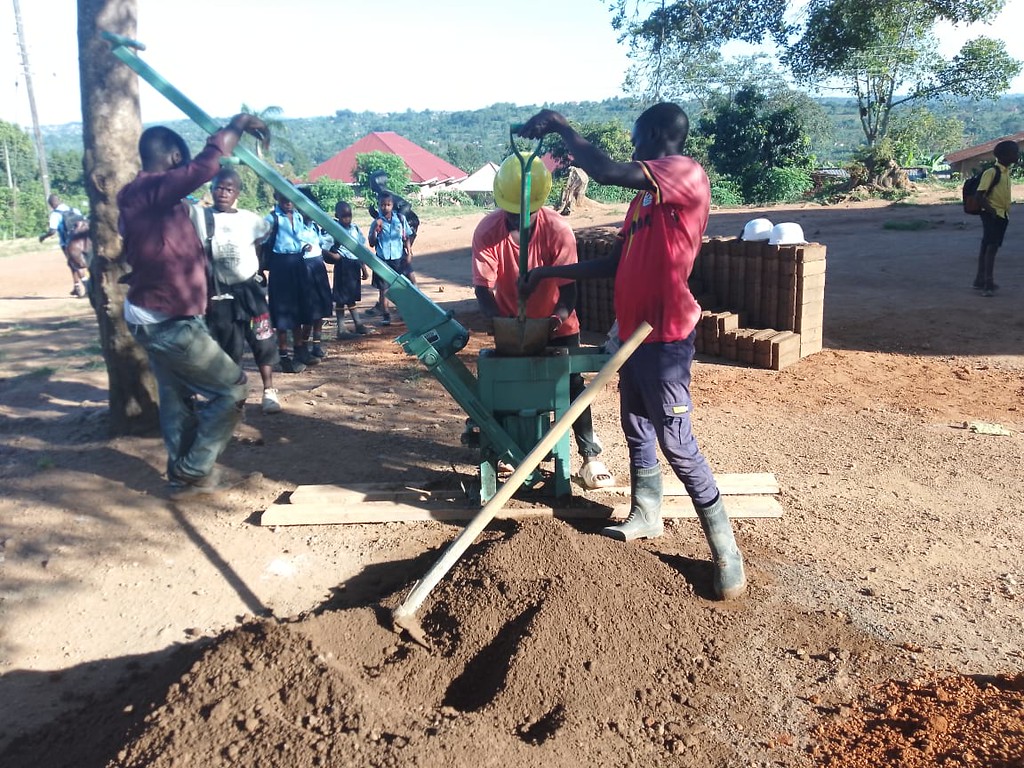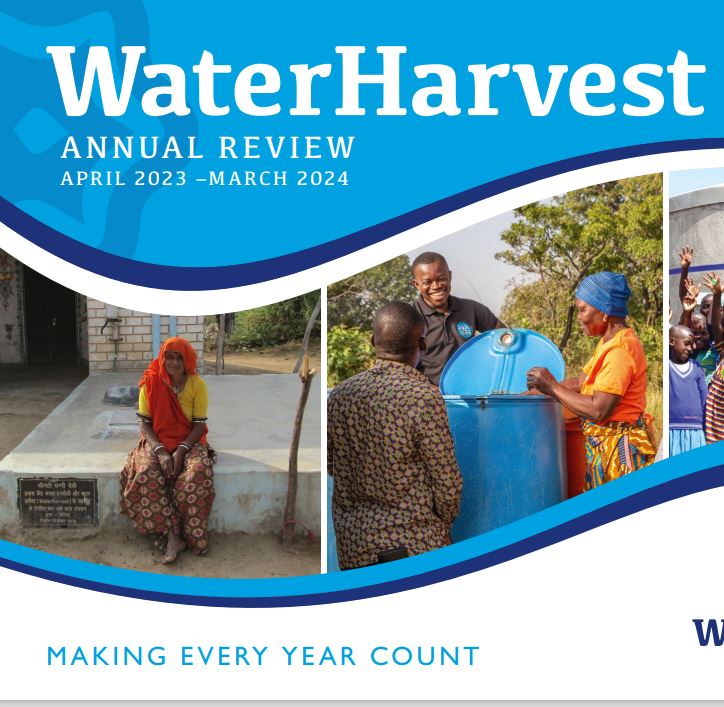
The severe drought in Dholavira and the significance of Water Harvesting
How are the Water Harvesting works in Dholavira village helping reduce the troubles of people and animals during a serious drought?
The Rann, of Kutch, is situated in the western part of the India. This region has been considered one of the hottest places in the country, with the maximum temperature having been recorded at 49.5° C. Dholavira is an ancient village in the Rann region and is part of the ‘Khadir Bet’, which consists of twelve villages and various ‘Vandhs’ (hamlets). ‘Bet’ means the island. Dholavira is last village of the Khadir Bet, and is currently experiencing a severe drought, which the uncertainty of this year’s monsoon may or may not alleviate.
Drought-affected life
Droughts have been a serious problem in the region for the last four years; the rainfall was meagre 17 mm in the 2018 monsoon, so the drought condition has become more severe this summer. People are experiencing life-threatening situations because of the crisis of water for drinking, for food and for fodder. Dholavira is connected through a single road to the block head office 140 kilometers away, with very limited options for public transportation – it is therefore deprived in terms of accessing the government programmes, too. Open wells and ponds are the major sources in the region of fulfilling the drinking water needs of humans and animals. These are also used for agriculture, but farmers were not able to get the benefits from a monsoon crop last year because of the drought situation, which also adversely affected the livestock. The piped water supply system from Narmada River is also very erratic and not adequate to fulfil the need. Hence, people are extremely worried about how to deal with this harsh situation until the monsoon arrives.

Reducing the struggle
WaterHarvest, with its partner Samerth Charitable Trust (SCT), is working in this region to reduce the vulnerability linked with water. Already, 60 Roof Rain Water Harvesting Structures (RRWHS) have been constructed, 10 open wells and step wells have been renovated and the efficiency of the catchment of ponds have been improved in the region. Due to the severe drought in the region, these structures have been become a lifeline for inhabitants. Although there was no rainfall in the last monsoon (so the RRWHS couldn’t harvest the rain), the structures proved to be a very precious source for the people, because these were used as storage tanks to contain the water which came from some bore wells two kilometres from their homes.

Indeed, the 60 RRWHS’s installed so far have a capacity to store around 900,000 litres of water, ensuring the accessibility of drinking water and reducing the drudgery of women. Vali Ben, of Fafravandh (one of the hamlets of Dholavira village), described that she previously had to fetch drinking water from a virda – clay pits which are 2-4 feet deep. This virda was located 2 kilometres from her house and she had to use different kind of filtration methods to remove the clay from the drinking water. She is delighted to have the availability of drinking water at her door step, which has greatly reduced her difficulties in collecting it.

Renovated open wells in Dungaranivandh (one of the hamlets of Dholavira village) are located at potential zones of underground water and in the downstream of the pond. Our effort, therefore, was to rejuvenate these traditional sources. Consequently, the wells have been greatly advantageous for people in the peak period of summer, when the accessibility of water is very uneven and requirement is higher than any other season. Indeed, there are no other such sources available in the periphery of five kilometres. Another renovated open well is also providing benefits to the community, with more than 2000 animals using it to drink water from. Despite these measures, however, rainfall is the key to access and security of water. The people of Dholavira are therefore looking forward to a ray of hope from the upcoming monsoon, and waiting to fill their water tanks with life-giving rainwater.
This week’s blog was written by Somendra Sharma and Divya Kalia on 28th 2019.


About Somendra: Somendra currently serves as the Programme Manager at the India-Liaison office. He has been working with WaterHarvest since 2009.
About Divya: Divya is a Programme Consultant at the India office and is an Agriculture and Environmental Engineer, having 15 years of experience in the Development sector.






